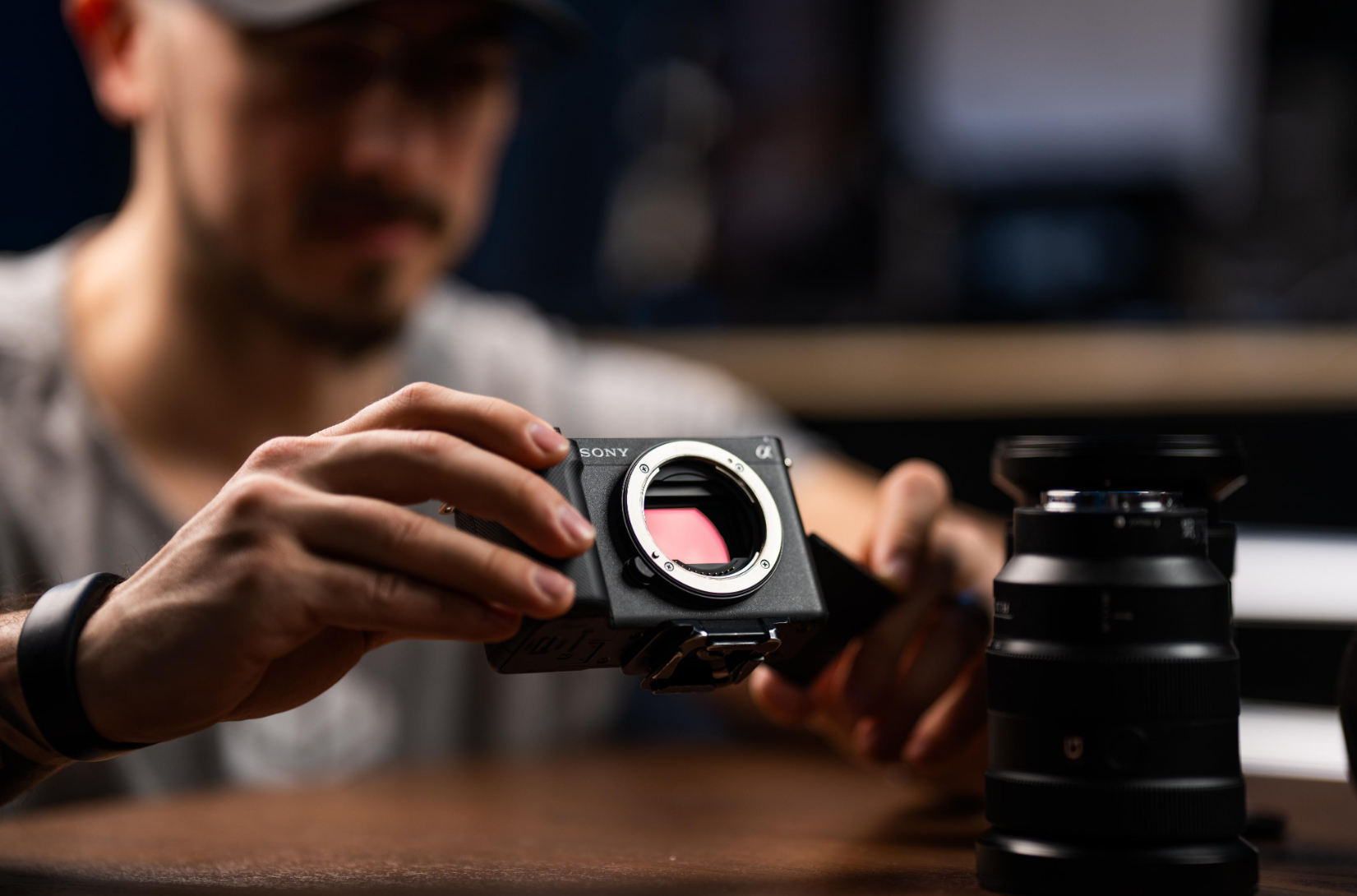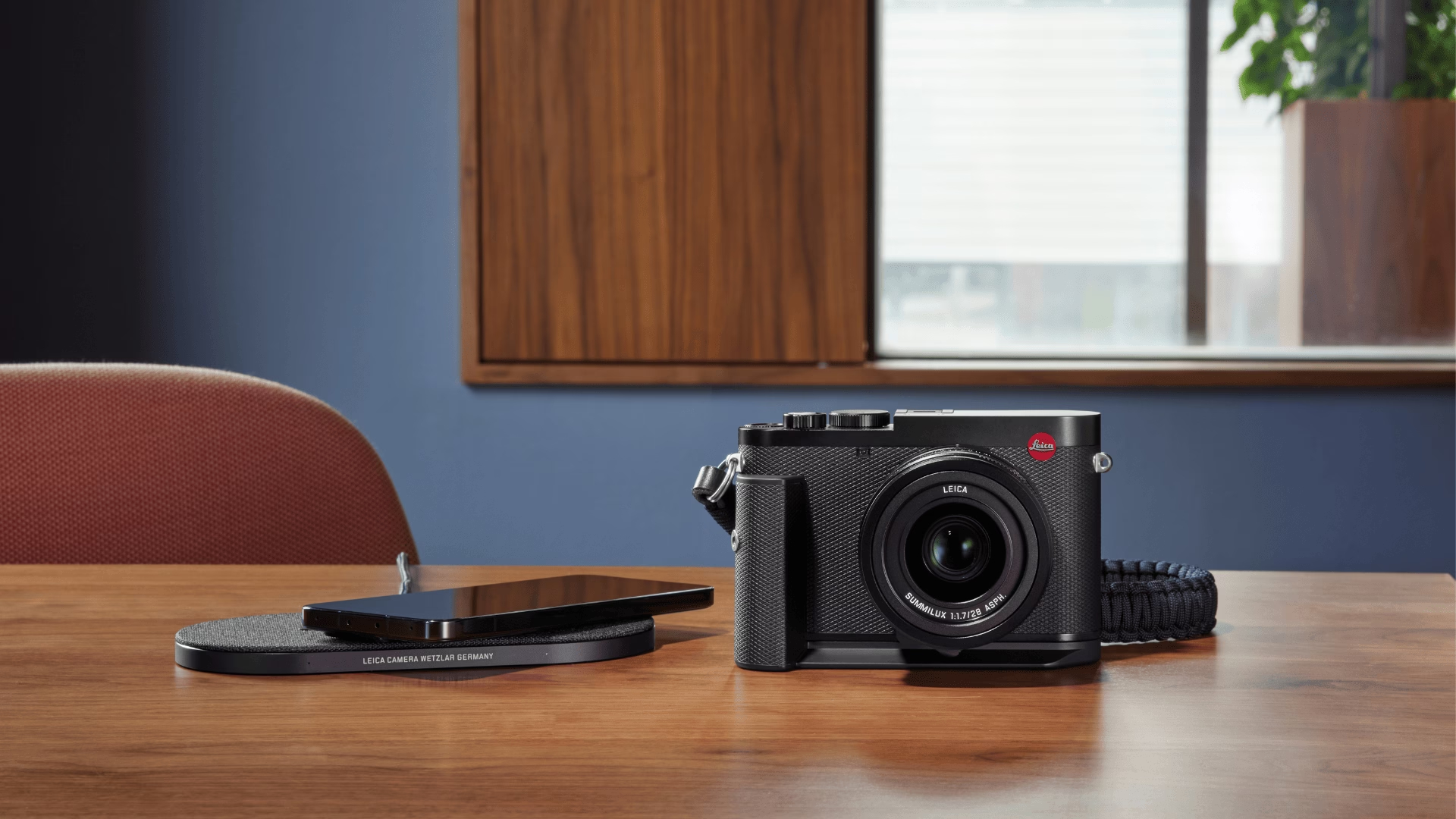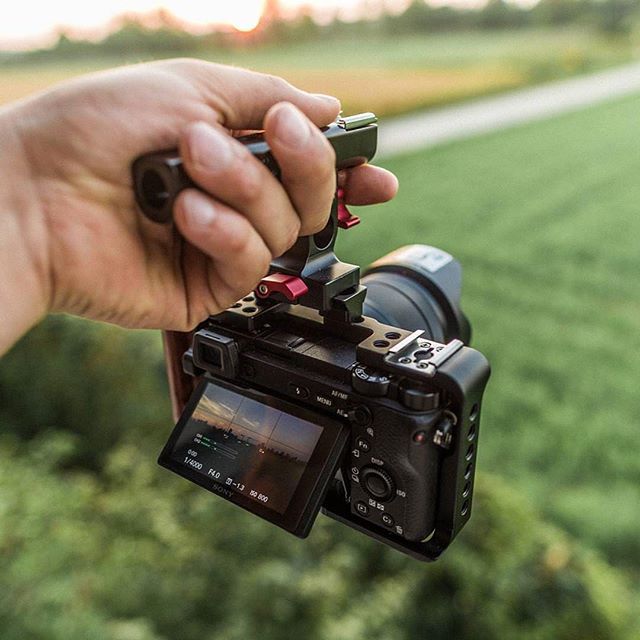Lolo Pass, located on the border between Montana and Idaho, is a magnificent gateway to untouched wilderness and captivating landscapes. For photography enthusiasts and nature lovers alike, the Lolo Pass area presents an opportunity to capture the raw beauty of the American West. This guide delves into the best practices for using cameras to photograph the stunning vistas, techniques for outdoor photography, and how to respect and preserve the natural environment while engaging in this art form.
Introduction to Lolo Pass and Its Landscapes
Exploring the Geography and History
Lolo Pass is an area steeped in history and natural splendor. Situated within the Bitterroot Range of the Northern Rocky Mountains, it served as a crucial segment of the historic Lewis and Clark Expedition. The pass’s diverse landscapes — ranging from dense forests and alpine meadows to rugged peaks — offer a rich tapestry of photographic subjects. Understanding the geographical and seasonal variations of the pass can greatly enhance the planning and execution of your photography sessions.
The Art of Capturing Wilderness Scenery
Photography at Lolo Pass is not merely about pointing your camera at the scenery; it’s about capturing the essence of the wilderness. Developing an eye for composition, light, and moments in nature is critical. We’ll explore how to approach landscape photography with an artistic perspective, leveraging the interplay of light and shadow, the rule of thirds, and leading lines to compose shots that evoke emotion and tell the story of Lolo Pass.

Essential Gear and Settings for Wilderness Photography
Choosing the Right Equipment
The rugged terrain of Lolo Pass demands reliable and versatile camera equipment. From DSLRs to mirrorless systems, the choice of camera should be based on the photographer’s familiarity and the desired outcome. A good quality tripod, a set of lenses suitable for wide landscapes as well as zoomed-in details, and polarizing or ND filters are essential for capturing the area’s dynamic environments. We’ll discuss the importance of each piece of gear and recommended setups for different shooting scenarios.
Optimizing Camera Settings for Natural Lighting
Outdoor photography at Lolo Pass presents a unique set of challenges due to the variability of natural light. Mastering camera settings like aperture, shutter speed, and ISO is crucial for adapting to changing conditions. We’ll go over tips for achieving the right exposure, the benefits of shooting in RAW format, and using your camera’s histogram to ensure you capture the best possible images, whether in the soft glow of golden hour or under the harsh midday sun.

Techniques for Taking Stunning Wilderness Photos
Timing and Composition Strategies
The magic of Lolo Pass’s landscape can be best captured at specific times of the day. We’ll cover how to utilize the ‘golden hour’ for softer lighting and long shadows that add depth and drama to your photos. Composition strategies will also be discussed, including the use of natural features to guide the viewer’s eye, framing shots with foreground interest, and capturing contrasting elements to highlight the diversity of the ecosystem.
Overcoming Outdoor Photography Challenges
The wilderness presents photographers with hurdles such as unpredictable weather, difficult terrain, and varying light conditions. We’ll offer advice on how to prepare for and overcome these challenges, including protecting your gear, staying safe in the outdoors, and being flexible with your photography plans. Techniques for capturing clear images in windy conditions, dealing with low light, and photographing wildlife responsibly will all be addressed.

Conservation and Respect for the Wilderness
The Importance of Preserving the Natural Environment
As photographers, we have a responsibility to protect the places we come to shoot. This section will stress the importance of leaving no trace, respecting wildlife, and understanding local regulations. We’ll explore ways in which photographers can contribute to conservation efforts and use their images to raise awareness about the importance of protecting natural areas like Lolo Pass.
Sharing Your Photographic Journeys Responsibly
In the age of social media, sharing photographs of hidden gems and untouched landscapes can lead to increased foot traffic and potential harm to delicate ecosystems. We’ll discuss the ethics of geotagging and ways to share your experiences and images of Lolo Pass that encourage others to be mindful and respectful visitors.

Mastering Light and Weather in Wilderness Photography
Adapting to the Unpredictable Weather at Lolo Pass
Photographing Lolo Pass presents significant challenges. One such challenge is the unpredictable weather patterns. Weather can swiftly change the dynamics of your composition. Mastery over this element requires understanding weather forecasting. Being prepared to capture the landscape in various conditions is key. Conditions could include the crisp clarity after a rainstorm. They might also involve the serene blanket of a fresh snowfall. Adapting your exposure settings and composition on the fly is key to managing these rapid changes. It’s also beneficial to embrace inclement weather, as it often brings dramatic photographic opportunities with unique lighting and atmospheric effects that can transform a familiar scene into something extraordinary.
Harnessing Natural Light for Compelling Images
Natural light is the most powerful tool at the disposal of a wilderness photographer. The way sunlight interacts with the environment at Lolo Pass, whether it’s filtering through the trees or casting vast shadows across the mountains, can significantly impact the mood and texture of your photographs. As such, it is essential to learn how to work with varying light conditions. Early morning and late afternoon are visually rewarding times to shoot. They offer warm, diffused light. This light enhances colors and details in the landscape. Understanding the color temperature and light intensity during these times is helpful. It can help you set the white balance correctly. It also assists in setting the right exposure. These settings help capture vibrant and balanced images. Such images reflect the true beauty of Lolo Pass.

Capturing the beauty of Lolo Pass through a camera can be rewarding. It produces stunning visual records. It also deepens one’s connection to the natural world. With the right preparation, capturing this beauty is possible. Having the right equipment is essential. Respecting the environment is crucial for photographers. They can create images that reflect the majesty of the wilderness. As you begin your photographic journey, keep something in mind. The true essence of wilderness photography is conveying the landscape’s story. It’s about sharing your personal encounter with nature’s grandeur.